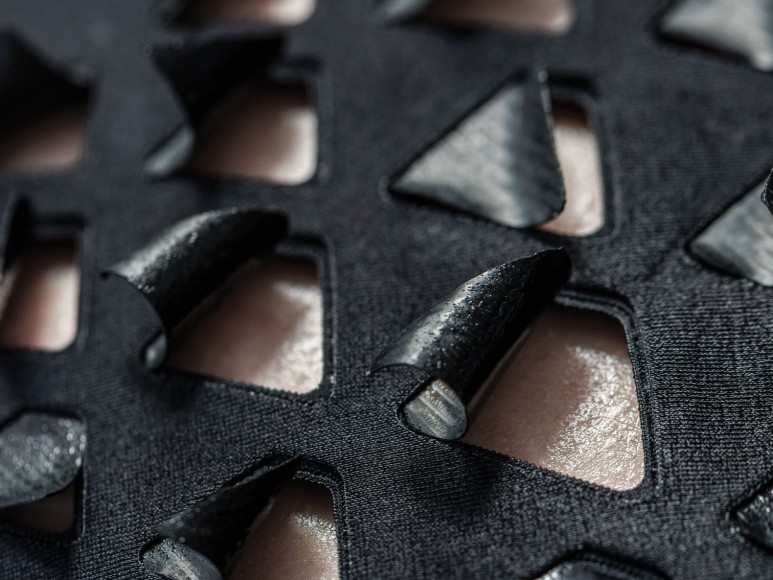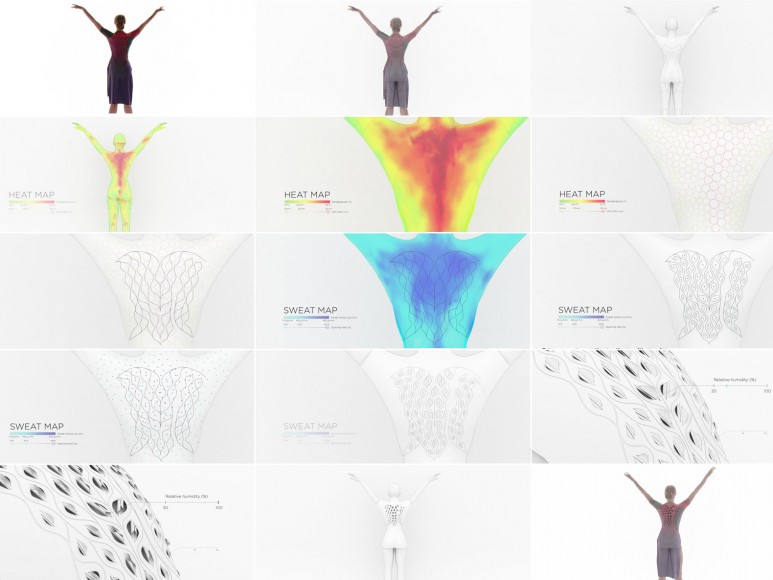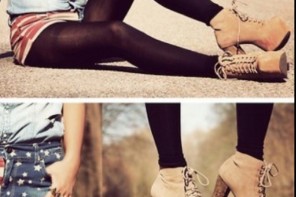MIT Media Lab’s Tangible Media Group has developed a “living” second skin, derived from a species of ancient bacteria, that responds to sweat and body heat. Discovered a millennia ago by samurai, and typically used in Japanese cooking, Bacillus subtilis natto reacts to moisture in the air, expanding and contracting much like pinecones do. The greater the amount of humidity they’re exposed to, the larger natto cells become. Piqued by the behavior, MIT’s Lining Yao and Hiroshi Ishii decided to investigate further, eventually turning the cells into a series of biofilms that curled or folded according to their alignment.
Yao and her “BioLogic” team refer to the natto cells as “living actuators”—motors that are grown rather than manufactured.
In a later experiment, the researchers layered the biofilm onto spandex, which they gave to designers at New Balance and London’s Royal College of Art to transform into clothing.
The collaboration resulted in a set of activewear garments that self-ventilate through tiny “fins” that open and close in sync with the wearer’s body temperature and humidity.
“The synthetic bio-skin reacts to body heat and sweat, causing flaps around heat zones to open, enabling sweat to evaporate and cool down the body through an organic material flux,” Yao wrote on the project website. “In collaboration with New Balance, BioLogic is bringing what once may have lived in the realm of fantasies into the world of sportswear.”
But responsive fashion is just one possible application for the technology. BioLogic envisions bio-hybrid flowers that “blossom” when watered, leaf-shaped labels that spring to life as the tea is steeped, or lampshades that change shape with the flick of a switch.
“Imagination unfolds the power of the tiny bacteria,” Yao added.
Via Ecouterre














